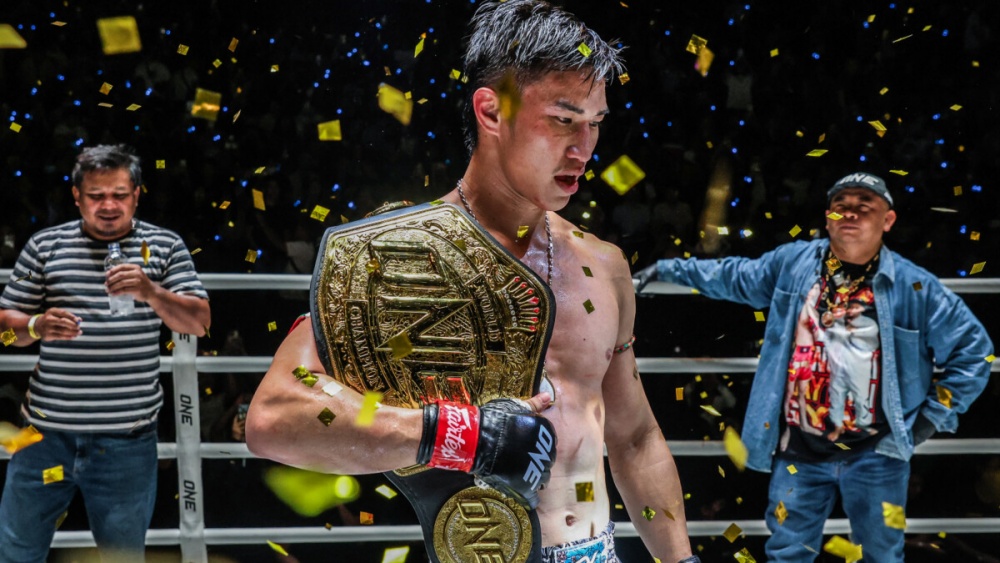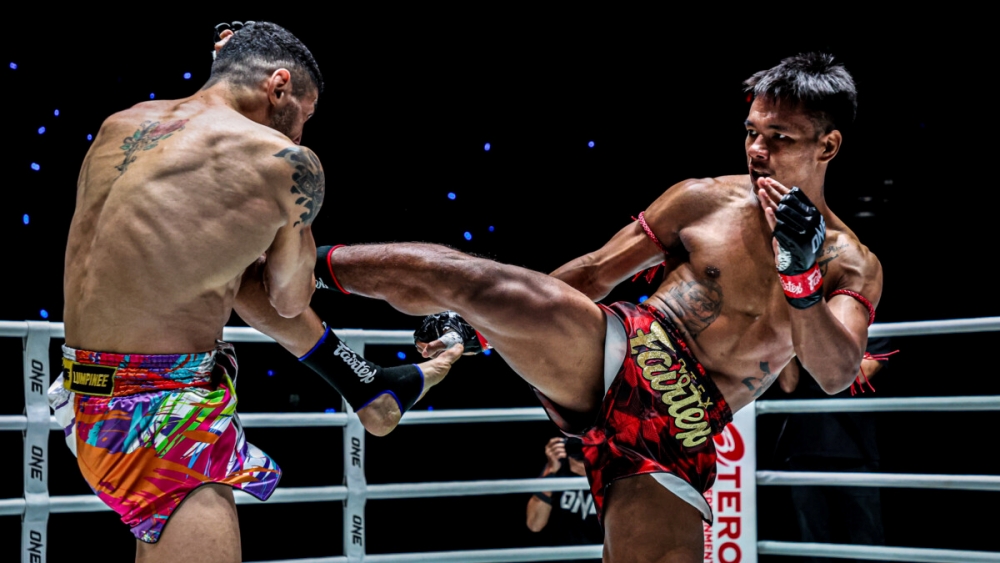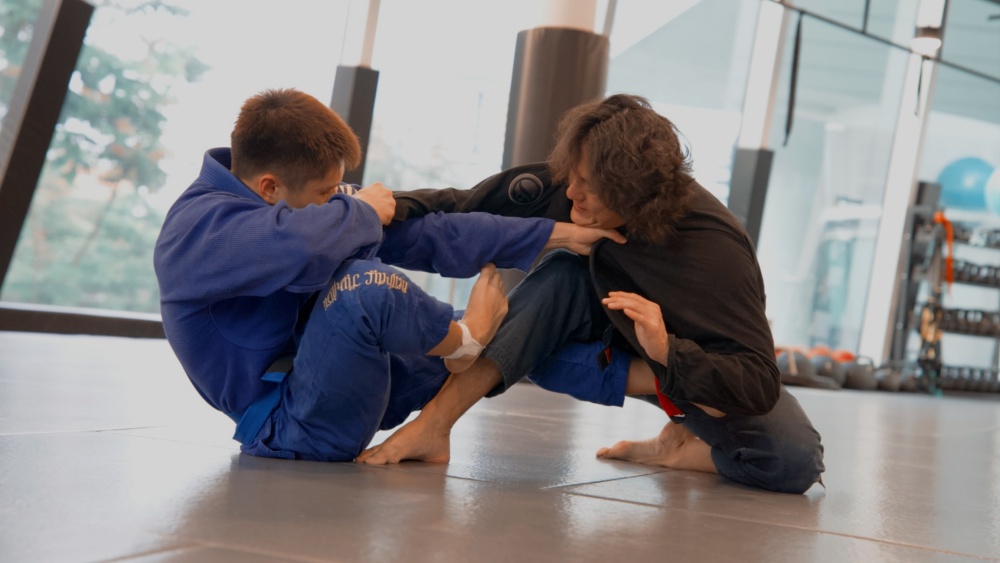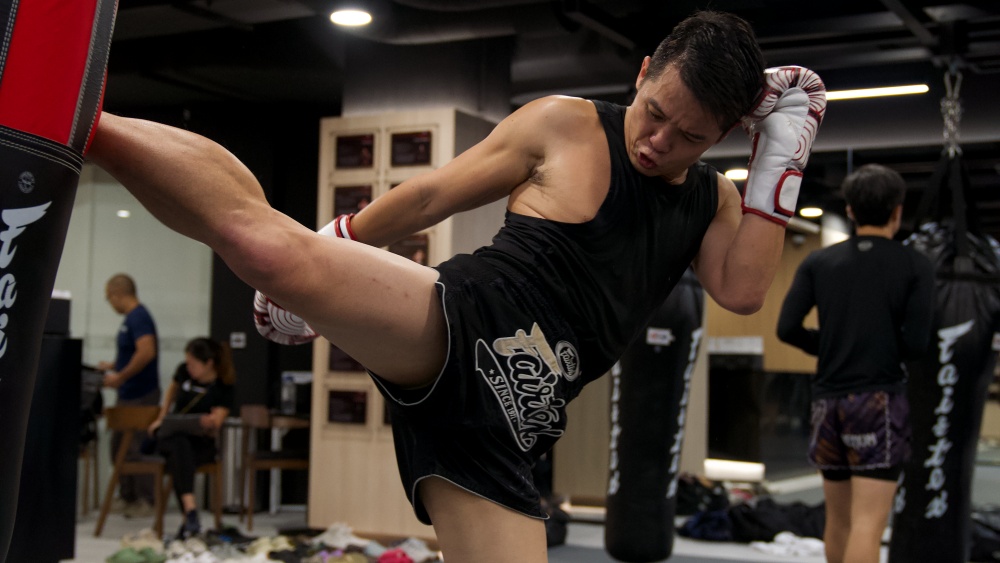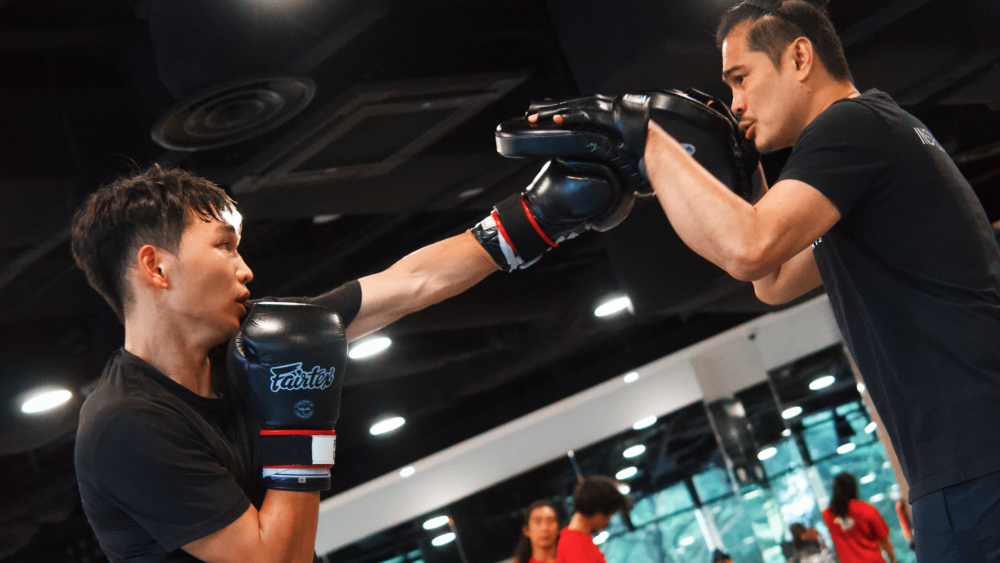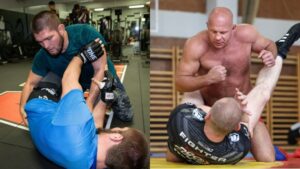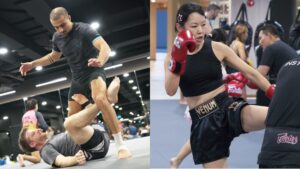So, you’ve taken the plunge and joined a Muay Thai gym. Now that you are starting your journey into the art of eight limbs, be prepared; you aren’t only going to learn new physical skills. You’re also going to learn a whole new language of Muay Thai specific words and terms that will soon become a major part of your vocabulary.
When you are first starting out, it can be overwhelming. It’s hard enough to remember where to step and how to rotate on the ball of your foot every time you kick, let alone a whole new dictionary of language that you are only going to practice while you’re sweating and out of breath.
In this article, we’ve collated 10 of the Muay Thai terms that you’re likely to hear when you first start training in a Muay Thai gym. If you’re just starting out, we recommend memorizing them before your next session so that you can spend less time studying linguistics with your trainer and more time perfecting your roundhouse kick.
1) Teep
As Muay Thai is a sport strongly entwined with its birth nation, Thailand, quite a lot of Thai language has become common in Muay Thai gyms around the world. You’re likely to hear terms like ‘khao’ (knee), ‘sok’ (elbow), and ‘mat’ (punch) being used by your coaches from time to time but one word of Thai origin you are almost certain to hear repeated constantly is ‘teep.’
Teep is the Thai word for push-kick and because it’s so much easier to say during a fast round of pads than its multi-syllabic English alternative, it is best to commit this term to memory as soon as possible.
2) The Pocket
‘The pocket’ is a term used to describe the area directly in front of a fighter, within their reach, where they have the most power and therefore their strikes are most effective. If you and your opponent can easily land shots on each other without needing to step forward, then you are both standing in the pocket.
3) Centerline/Off-Center
Being on the centerline of your opponent means that you are standing directly in front of them. You can be on the centerline and in the pocket, which means they can hit you. You can also be on the centerline and out of the pocket which means you are standing too far away to get hit by the fighter opposite you.
When you are standing at an angle to your opponent so that they are directly in front of you, but you are not opposite them, this is called being off-center. Being off-center in a position where you can hit your opponent without them being able to hit you is one of the most dominant positions in Muay Thai.
If you hear a coach telling you to go “off-center” either in pads or in sparring, they are essentially telling you to cut an angle so that you leave your opponent’s field of view while they remain where you can hit them.
4) Exchange
When two fighters trade strikes during a round without a break in the action, it is known as an “exchange”. Generally, a fighter is looking to land more scoring strikes than their opponent to win the exchange (though landing the last strike in an exchange and landing more powerful strikes do play a part in determining the winner). A round can be made up of dozens of small exchanges with the winner of the round usually being determined by who wins more of them.
5) Phases
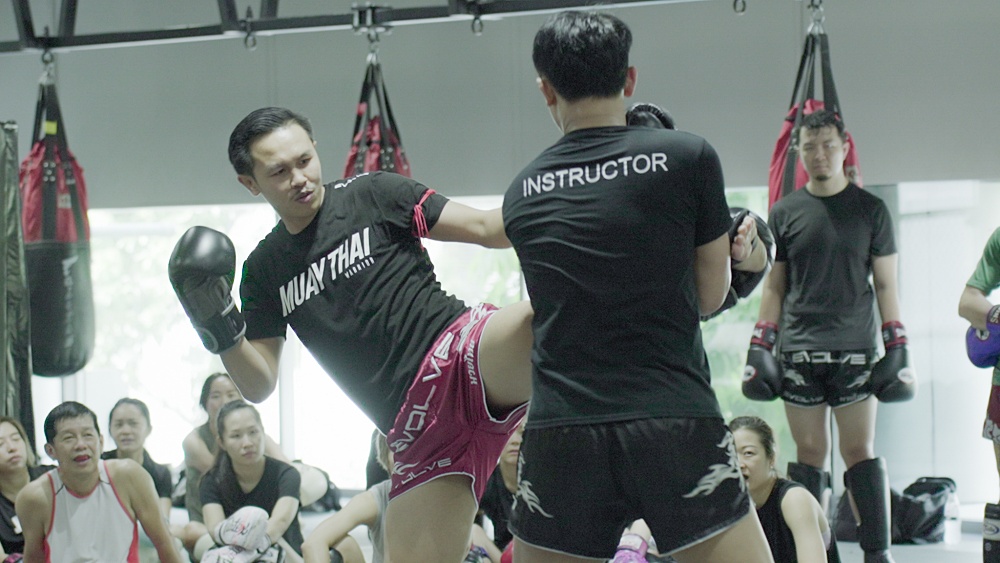
While each round is made up of dozens of exchanges, each exchange is made up of phases. These phases are numbered first, second, third, and so on until there is a break in the action that distinguishes the end of a particular exchange.
Essentially, the first phase of an exchange is the opening attack of the aggressive fighter and the first attempt the opponent makes to defend against it. If the aggressor can land a scoring shot in the first phase, then their opponent may look to extend the exchange into a second phase where they will attempt to counterattack. If they are able to land a scoring shot, then the attacker of the first phase will often return with a third phase assault and so on until one fighter is sure they have outscored their opponent and forces a break to signify the end of an exchange.
6) Stance (Southpaw/Orthodox)
When you first start training, one of the first questions your coach will ask you is; “are you left or right-handed.” What they are really asking you, in layman’s terms, is ‘What stance are you?’
There are two stances in Muay Thai (not including the clinch stance) and they are southpaw and orthodox. A southpaw is a fighter who is stronger with their left arm and leg while an orthodox is someone who favours their right side. Your coach needs to know this as your more powerful side will take the rear position in your Muay Thai stance and determine what strikes you will favor.
7) Scoring Technique
A scoring technique is a Muay Thai attack that will always count on the judge’s scorecards when you land it on your opponent, regardless of how powerful or how cleanly executed it is. In traditional stadium scoring, these include head and body roundhouse kicks as well as knees directly to the midsection of your opponent. These strikes may score higher in the eyes of judges if they are beautifully executed and have a clear effect on your opponent but, simply landing one of these strikes is enough to have a positive impact on the scorecards.
8) Conditionally Scoring Techniques
A conditional scoring technique is a strike that needs to meet certain criteria before the judges will consider it a scoring strike. In the context of traditional, stadium Muay Thai, punches, leg kicks, and even elbows are conditionally scoring. This means that landing one of these strikes cleanly on your opponent won’t earn you points unless it visibly affects them, such as knocking them off balance.
9) Road Work
In the past, ‘Road work’ simply meant running. It’s a term commonly used in many combat sports such as boxing and MMA. In the past, running was so central to Muay Thai training that it was given its own term and when a coach asked, “Are you doing your road work?” they really meant, “Have you been running?”
These days other forms of steady-state cardio such as swimming, biking, ski-ergs, rowers, and elliptical trainers have become popular ways for fighters to do their ‘road work’ while sparing their joints from repetitive impact with cement footpaths. So, now when a coach uses the term, they are referring to any form of long, steady-state cardiovascular exercise.
10) In Camp
This term won’t be very relevant to your personal experience when you first start training but it is very likely you’ll hear it often if you are in a busy gym.
Being in ‘fight camp’, or simply being ‘in camp’ is a term that refers to a fighter preparing for a planned match in the near future. Different gyms and fighters have different expectations on how many weeks a camp should be or what they include, but it’s universally agreed that this term describes the period where a fighter ramps up their commitment to, as well as the duration and intensity of their Muay Thai training before they fight.
You may also like:
A Closer Look At Muay Thai In Promoting Thailand’s Soft Power





